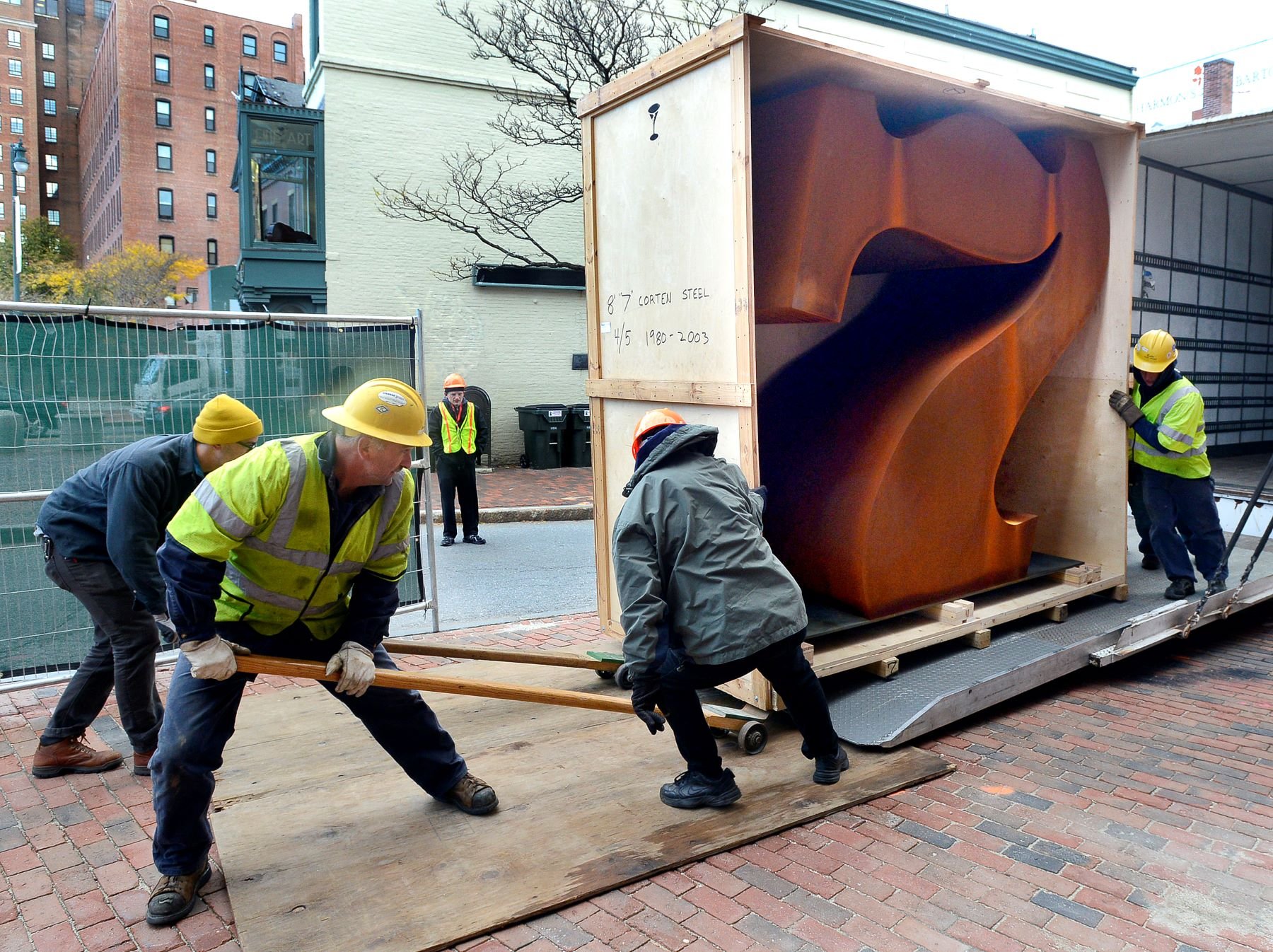
Before the opening of Art Basel Miami Beach last week, as dealers and collectors prepared to board planes and leave hefty carbon footprints in their wake, fair organizers promised to pay to offset the carbon emissions of their team, VIP representatives, external consultants, partners, speakers, and invited press.
So what is carbon offsetting? The basic idea is that individuals and organizations can fund emissions-reduction initiatives in an effort to “balance out” their own carbon footprints. Money can be invested in projects to plant trees and protect forests, or to fund renewable-energy programs. Often, these take place in developing nations.
Carbon offsetting is a relatively recent corporate strategy. In September, the Kering Group, which is owned by the French billionaire art collector François Pinault, announced it was going carbon neutral by committing to offsetting its annual greenhouse-gas emissions.
In Miami, Art Basel undertook additional efforts to reduce waste by offering digital VIP cards, reusing architectural elements from years past (such as its wall system), and discontinuing the print catalogues for its Kabinett, Survey, and Meridians sections. It also hosted a panel on climate-change denial and introduced biodegradable and compostable utensils to its restaurants and cafes.
But critics say that offsetting is just a way to avoid addressing the real problem: that emissions need to be zeroed out, and not simply maintained at their current levels. They point out that offsetting privileges those who can afford to do it.
So how big is the art world’s carbon footprint, really? To put it in real terms, we enlisted Ian Garrett, associate professor of ecological design for performance at York University and director of the Center for Sustainable Practice in the Arts, to help us estimate the carbon footprint of a few major art-world activities.
We ran his numbers through Climatecare’s carbon calculator to determine how much it might cost to offset these activities. Here is what we found.
Photo courtesy Wikicommons.
Sending a team of five on a round-trip flight from New York to Miami Beach on a commercial airline
If they fly economy… the group will emit between the equivalent of 2.43 and 3.3 metric tons of carbon dioxide.
If they fly business or first class… the group will emit between the equivalent of 4.2 and 7.06 metric tons of carbon dioxide.
The cost to offset their footprints? Between $24.60 and $71.48. And that’s total for the entire group of five flying both ways, depending on their seat class.
Photo by Drew Angerer/Getty Images.
Shipping a work that weights 100 pounds, with an additional 40-pound plexiglass frame, in a 200-pound crate from London to Basel
If the work travels by air freight… it will emit the equivalent of 0.15 tons of carbon dioxide.
If it’s sent via ground… it will emit the equivalent of 0.02 tons of carbon dioxide.
The cost to offset its footprint? For air travel, only $1.49. For ground transportation, it can be offset with a measly $0.22.
Shipping the same work from London to Miami
If the work travels by air freight… it will emit the equivalent of 1.4 tons of carbon dioxide.
If the work travels on a cargo ship… it will emit the equivalent of 0.05 tons of carbon dioxide.
The cost to offset its footprint? For air travel, just $14.17. Offsetting the sea route would only cost $0.47.
Photo courtesy Wikicommons.
Getting From Heathrow Airport to Regent’s Park for Frieze London
If you took a cab… you would be emitting the equivalent of 0.005 tons of carbon dioxide (based on the fuel efficiency of a 2015 Toyota Prius).
The cost to offset that footprint? Just $0.05.
If you took public transportation… you would reduce your emissions equivalent to 0.0009 tons of carbon dioxide.
The cost to offset that footprint? A meager $0.004.
Photo by Myung J. Chun/Los Angeles Times via Getty Images.
A carne asada dinner for 20 people at arteBA in Buenos Aires
If you have a hungry group… and each person were to eat the equivalent of a large porterhouse steak, that would be around 700 ounces of beef in total, which would emit the equivalent of 0.54 metric tons of carbon dioxide.
The cost to offset that footprint? Not much: just $5.47.
Image courtesy of BitBoy via Flickr.
Shipping the eight 40-ton steel blocks that make up Richard Serra’s Equal (2015) from his fabricators in Wetzlar, Germany, to the new MoMA in New York
Getting the works across the sea by cargo ship… would result in the emissions equivalent of around 73.5 tons of carbon dioxide. But you also have to get the work to and from ports in Hamburg and New York, which would emit another 20 tons of carbon dioxide equivalent.
And to offset all that? It would cost you $1,012.50.